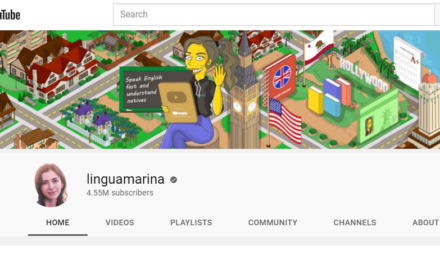As a mobile-industry veteran who has been watching trends and developments since text messaging broke on to the scene, I’m encouraged by the influx of inbound marketers asking me to draw from my history of analyzing and documenting the games app industry for tips and tricks marketers of non-gaming apps can adopt. It’s proof that the industry recognizes the death of the download as a key performance indicator and the pivotal importance of approaches that drive activities and encourage engagement deeper in the funnel.
Retention is the end goal. Looking to the mobile games industry—the pioneers of data-driven marketing to influence deep-funnel behavior—is a smart way to approach this. After all, this is the app category that is the largest, the richest, and among the most sophisticated when it comes to getting the most bang for the buck. Based on my interviews with dozens of gaming app marketing “ninjas,” I have identified the key actions that marketers across all app categories should factor into their wider retention and monetization strategies.
First, map your mobile ad creatives to address and engage your target audience. Use A/B testing to find the right fit, and optimize based on demographic and psychographic data that gives you richer and deeper insights into what will resonate with your audience. It’s a mix of art and science, and gaming apps are using both to develop, test, and implement better-quality creatives. It’s this keen attention to detail that allows them to acquire better-quality users from the get-go. It’s also an easy blueprint for non-gaming apps to follow—provided they don’t try to make decisions about creatives in a vacuum. As growth marketer Oliver Kern tells me, games designers and developers tend to fall in love with what they create, and that may not always have mass appeal. To avoid this trap, games companies are doubling down on efforts to connect with users to find out what they love (and hate).
Second, bake interaction into all you do. This isn’t just about making sure users can share your content—although that is a big part of it. Games companies are taking this a huge step further, introducing live events and competitions that heighten excitement and retention in one go. GameRefinery—a company that analyzes the top 200-plus features across the top 200 grossing games—tells me it’s a trend that could become a tidal wave. Its latest data shows that the majority (60%) of the top 100 grossing games feature exclusive rewards from limited-time events. Put another way, game marketers are moving fast to find ways to bring their games to life.
Third, stop settling for the surface data. In the early days of gaming apps, winning was about collecting and collating simple information—such as cost per acquisition—to buy low and win big. Marketers can no longer compete based on data that every company can access via popular analytics tools or public reports. Instead, app marketers must strive to become what Shumel Lais, founder and CEO of Appsumer, calls more perfect performance marketers. In an insightful blog post, Lais outlines the framework to get to this goal, which starts with a focus on granular data and an effort to track every stage in the user journey in order to “identify key events to optimize towards in order to acquire more quality users.” Games marketers have refined this approach, using early funnel metrics combined with customer lifetime value calculations to identify correlations and opportunities to optimize campaigns after days, not weeks. It’s how games companies identify high-value players they can convert to highly engaged users.
Games apps dominate the app economy—but it’s not based on the high numbers of apps in the category. It’s linked to their systematic and strategic approach to marketing and monetization. A singular focus on data and performance metrics, a deep understanding of audience and behavior traits, and a willingness to experiment with innovative approaches to boost loyalty and stickiness have helped games companies crack the code on mobile growth. Their hard-won lessons provide a proven blueprint for non-gaming apps to follow, allowing them to craft strategies that promise to boost results, not burn money.






